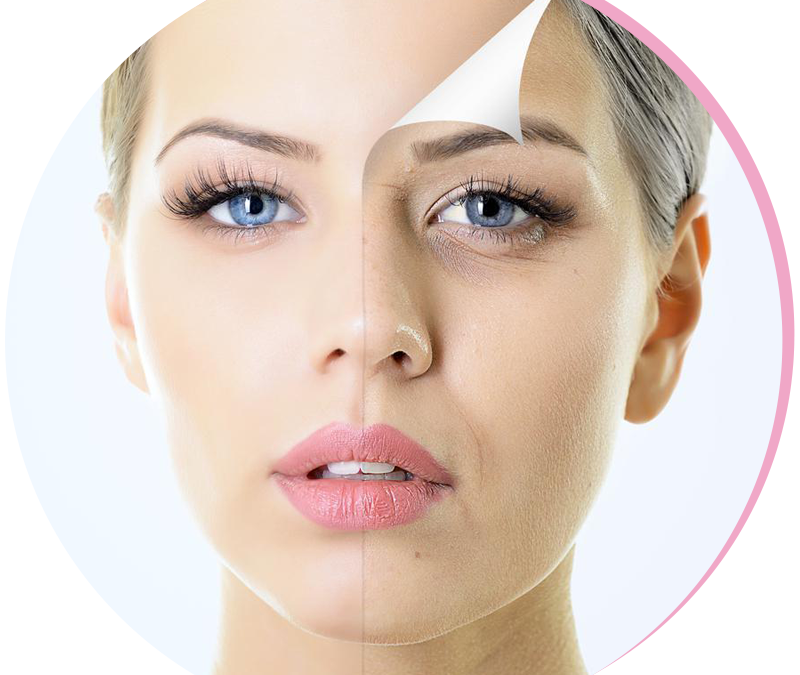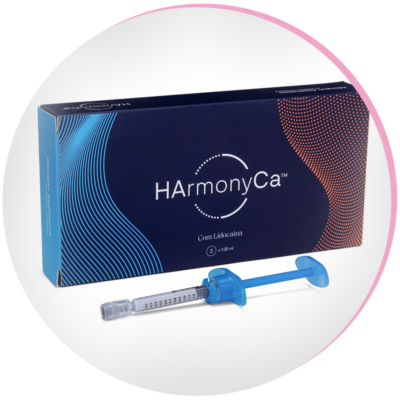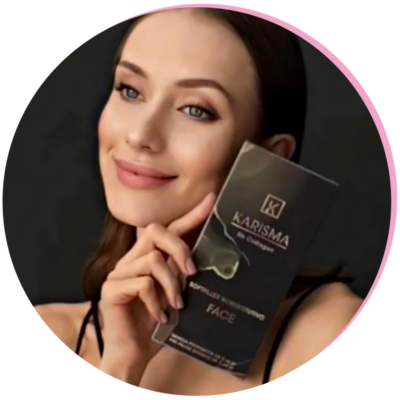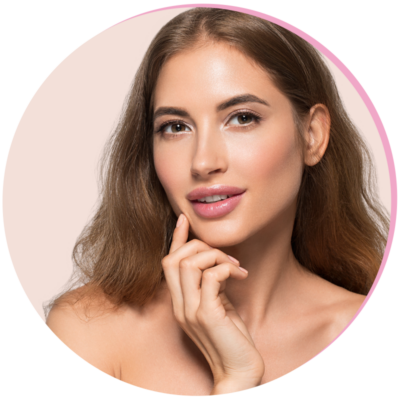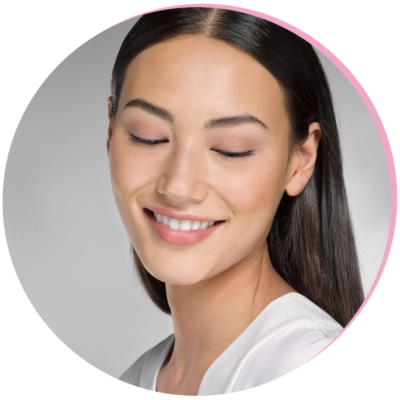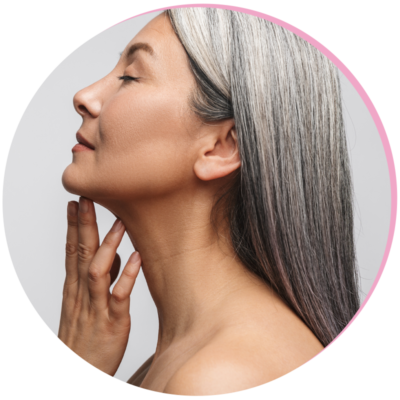Medical Peel Treatment
Our skin has to cope with the effects of UV rays, stress, smoking and hormonal changes on a daily basis. These external and internal factors leave a mark on the skin, especially on the epidermis on the face: small imperfections and aging spots may appear; the complexion changes and the pores usually dilate. The surface of the skin reflects our health and emotions and also reflects light, giving the face radiance. If it changes, the result may be a duller complexion.
Chemical exfoliation actually causes damage to the skin – within a controlled range – resulting in a renewed, beautiful skin surface. Exfoliation can be with glycolic or salicylic acid, TCA, i.e. trichloroacetic acid or resorcinol. These acids affect the skin differently, but glycolic acid is the most commonly used.
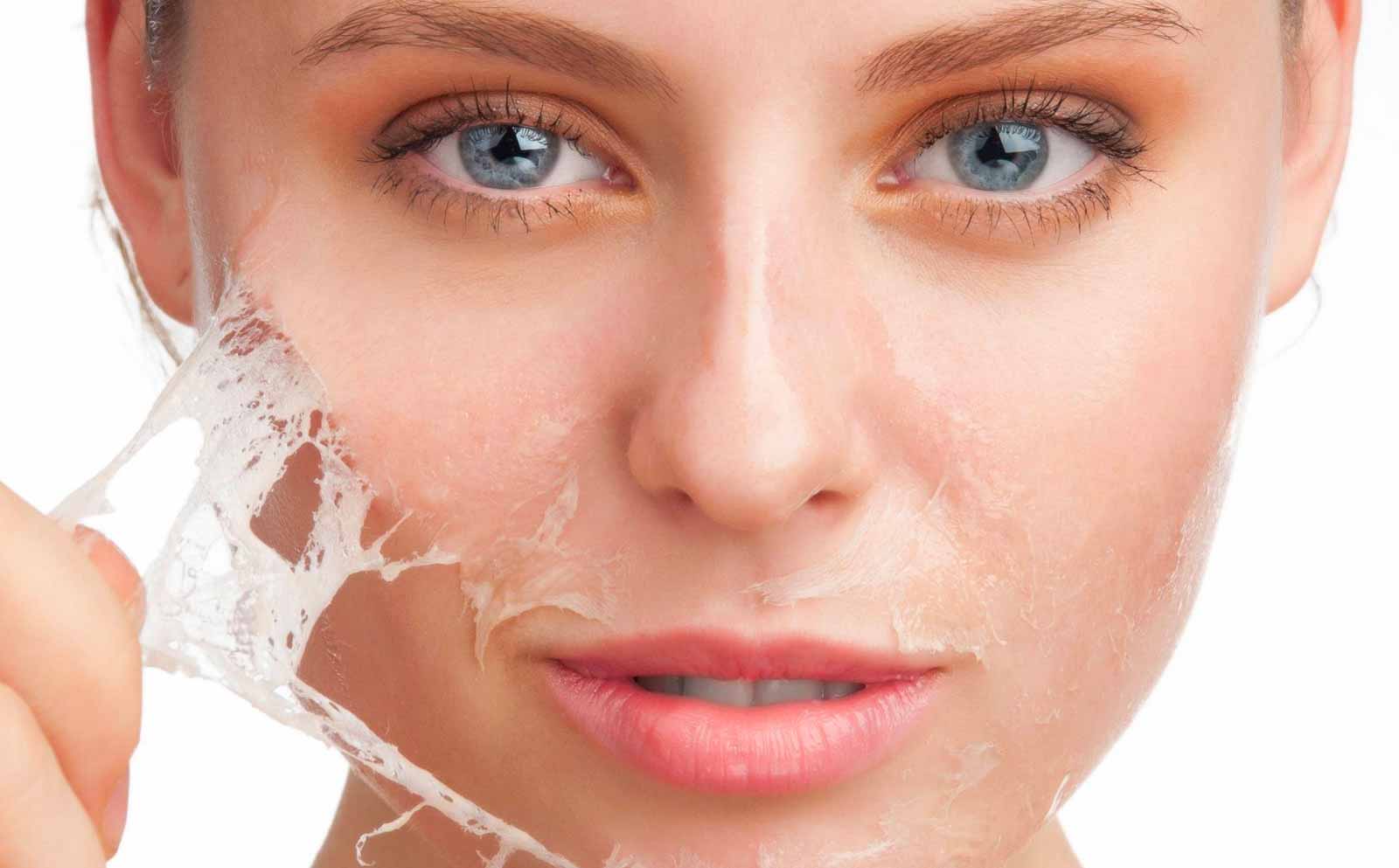
What is chemical peeling good for?
Discoloration caused by sun damage – such as freckles, melasma, liver spots – helps to lighten and minimize the appearance of wrinkles and scars.
How does it happen?
The skin is thoroughly cleansed and then the specialist applies the acid, which is washed off after a while. The treatment lasts for a few minutes, which of course depends on the type of acid and the size of the area involved.
What will my skin look like after the treatment?
This depends on the strength of the acid used. After the weak materials, there is no drastic change, only that the skin has become more radiant. When using medium-strength materials, the face is already reddened, and when deep exfoliation, it takes 10-14 days for complete healing.
How many treatments will I need and how long will the effect last?
An average series of peels happens every 2-3 weeks and usually takes six times, but it depends on what result you want to achieve. The beneficial effects of the treatment – with proper sun protection – can last for years, the more drastic the peeling, the longer.

What are the risks?
Superficial, weak exfoliations are safe, have little irritation to the skin, and drastic treatments can lead to infection or discoloration, mostly as a result of inadequate sun protection.
What should I look for before treatment?
The use of retinol cream, sunbathing, solarium, waxing, IPL and laser treatment – in the affected area – should be avoided 2-4 weeks before exfoliation.
What should I look for after treatment?
After treatment, the skin may turn red, stretched and the peeling process may begin, all naturally. Following the advice of the specialist, it is necessary to return to proper skin care, the use of gentle facial cleansing products is recommended, and to avoid scratching and poking the peeling area. The most important thing, however, is to use a factor 50 sunscreen. Even after light exfoliation, the skin is prone to hyperpigmentation caused by sunlight, so sunbathing should be avoided at all times and the use of strong sunscreen is mandatory every day, even in winter.
When is exfoliation not recommended?
- Active herpes
- Pregnancy
- Predisposition to keloid or hypertrophic scarring
- Sun allergy
- Diabetes
- Kidney or liver disease
- Wounded, burnt, infected or inflamed skin
- Allergy to any acid
- Radiation therapy, Influenza or smallpox, or recent surgery on the affected body surface
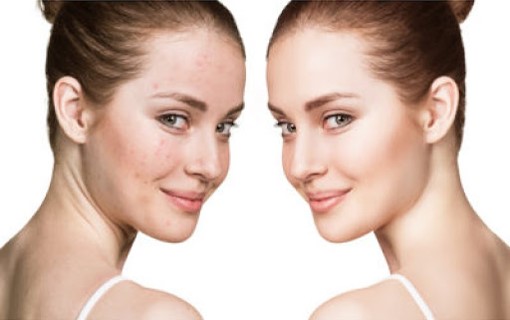
Additional recommended treatments
HArmonyCA
HArmonyCa, Allergan’s first dual-action product, combines two active ingredients, hyaluronic acid (HA) and calcium hydroxyapatite (CaHA) in one injection for the treatment of the facial area.
Karisma
The KARISMA treatment can be applied specifically to the problematic skin area or to the entire face/neck, thus helping to maintain the tone and elasticity of the skin. KARISMA is a biorestructuring and biostimulating soft filler that promotes skin regeneration, collagen production and elasticity.
Algeness
Algeness subdermal filler is the result of 15 years of scientific research: it is 100% natural, non-allergenic, and therefore one of the safest materials.
Lenisna
Juvelook and Lenisna hybrid fillers contain different concentrations of polylactic acid (PDLLA) and non-crosslinked hyaluronic acid. Both substances are able to strongly stimulate the production of collagen in the skin and connective tissues and thereby increase the skin’s firmness.
Endolift®
Az Endolift® a legújabb orvos-esztétikai eljárás, ami lézerenergia segítségével rendkívül hatékony megoldást nyújt az arc és a test különböző pontjain megereszkedett bőr feszesítésére valamint a kisebb makacs zsírpárnák eltüntetésére.
